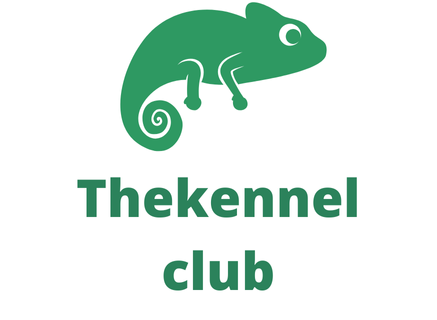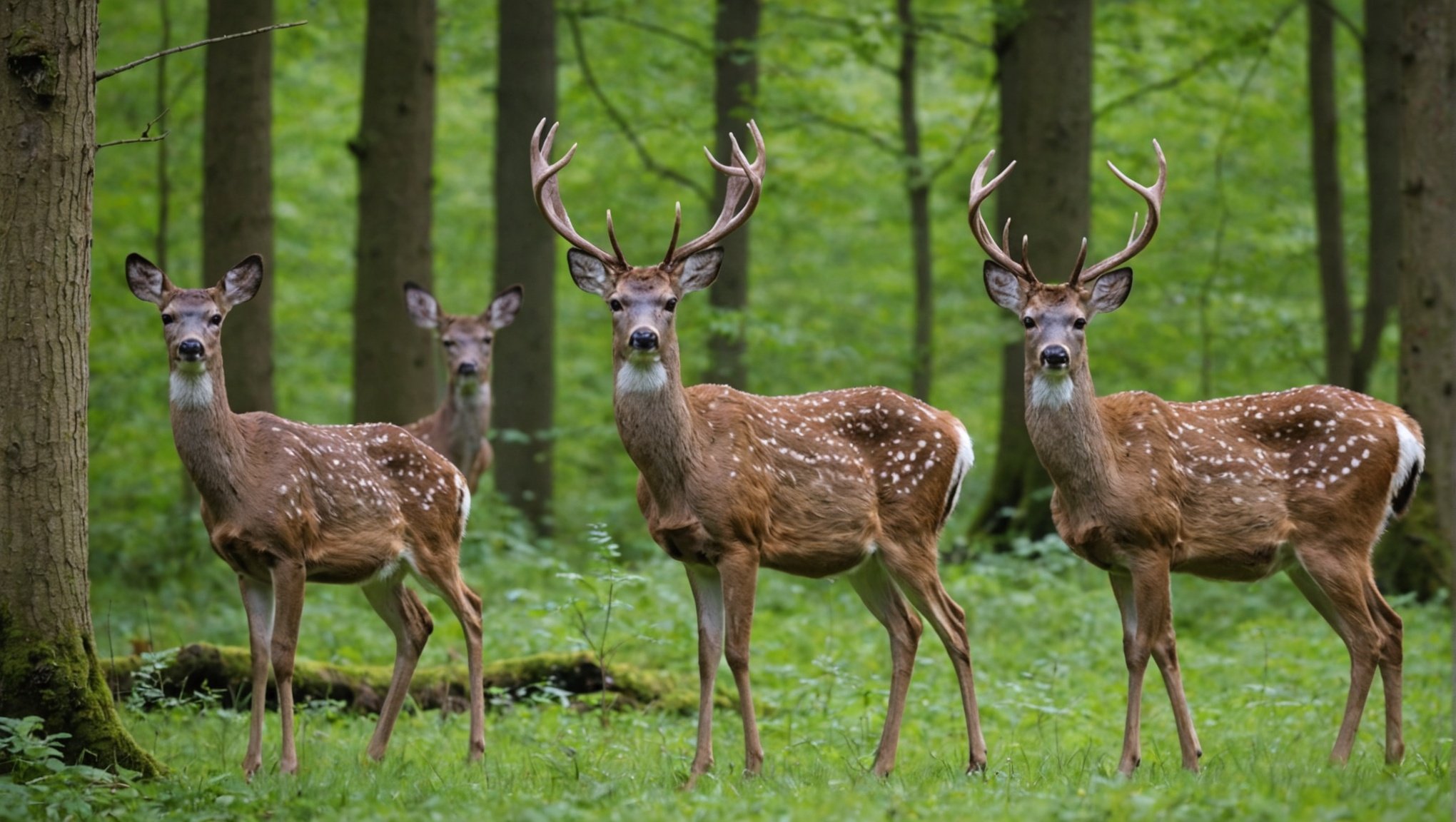A stroll through the tranquil Scottish woodland might seem incomplete without sighting the majestic red deer. Scotland is a haven for these creatures, boasting a vast population that adds a captivating element to the land. However, the escalating numbers of these beautiful species have begun to pose a significant dilemma. They are not merely symbols of the wild and providers of venison but also agents of drastic ecological disruption due to their unchecked browsing habits. The management of these creatures is a pressing issue, requiring urgent review and intervention. Overpopulation of deer endangers the health of the forests, threatening to transform the lush woodland into barren land. This article will delve into the rising challenge and explore strategies to control the deer population effectively, preserving the Scottish forests and the ecological balance.
The Impact of Deer Overpopulation on Forests
Red deer have an insatiable appetite for young shoots and leaves. This feeding behaviour, known as ‘browsing‘, can have a profound impact on forests. When deer numbers are within reasonable limits, the impact on the ecosystem is negligible. However, the story drastically changes when the population starts to soar. The increase in deer population in Scotland is resulting in damage to the understory vegetation and inhibiting the regeneration of the forest.
Sujet a lire : Can plant-based diets meet the nutritional needs of domestic rabbits?
Unchecked deer browsing intercepts the natural succession of plant species, leading to a loss of biodiversity in the woodland. The constant nibbling on tender shoots and saplings prevents trees from reaching maturity, altering the structure of the woodland and endangering the survival of tree species.
Tree damage is not just an aesthetic issue; it has far-reaching implications for the forest ecosystem. It reduces habitat diversity, thus affecting other species dependent on a healthy woodland ecosystem. The ripple effect on the food web can disrupt predator-prey dynamics, impacting birds, small mammals, and invertebrates.
Dans le meme genre : How do you manage the territorial behavior of a Tibetan Mastiff in a multi-dog household?
Strategies for Deer Management
Preventing overpopulation of deer, and the associated damage to woodland, is a task that requires a multi-pronged approach. The heart of the solution lies in effective deer management, a term that encompasses a variety of strategies designed to control deer numbers while maintaining a healthy, sustainable population.
One of the most effective ways of controlling deer numbers is through regulated hunting. This is a widely used management strategy across the world. In Scotland, deer stalking, or the pursuit and shooting of deer, is an important part of rural life. It not only helps in population control but also provides an economic incentive through the sale of venison.
However, hunting is not the only solution. Various non-lethal methods are gaining traction in deer management. These include the use of repellents, tree guards, and fencing to protect vulnerable areas and planting species less palatable to deer. Another innovative approach is immunocontraception, a birth control method for deer that reduces the number of offspring produced.
The Role of Landowners in Deer Control
Landowners have a significant role to play in the control of deer populations. As custodians of significant portions of woodland, their actions can influence deer numbers and their impact on the land. For example, by joining Deer Management Groups (DMGs), landowners can collaborate with their neighbours and local authorities to manage deer populations across larger landscapes.
DMGs can implement effective deer management plans, balancing the needs of the land, local communities, and the deer themselves. These plans could include coordinated culling efforts, habitat improvement programmes, and public education initiatives.
Landowners can also invest in protective measures for their woodlands, such as erecting deer-proof fences or employing tree guards to prevent browsing damage. By encouraging natural predators, they can also help to keep deer numbers in check.
The Future of Deer Management in Scotland
The scale of the deer population problem in Scotland is high, but solutions are within reach. It will take collaboration, innovation, and a deep commitment to long-term stewardship of the land. The challenge will be to balance the need for deer control with a respect for these beautiful creatures and their place in Scotland’s woodland ecosystems.
Looking ahead, a more integrated approach to deer management is required. This approach should consider not only population control measures but also habitat improvements and measures to mitigate the impact of climate change, which can influence deer populations and their distribution.
The role of science should also be emphasized. More research into deer behaviour, population dynamics, and the impacts of various management strategies will be crucial. This will ensure that future decisions are based on robust evidence, ensuring the sustainability of both deer populations and Scotland’s precious woodlands.
Remember, the red deer is not just another animal; it’s a symbol of the wild, an integral part of Scotland’s cultural and natural heritage. Our actions today will determine the future of these magnificent creatures and the forests they inhabit. With careful management, it’s possible to ensure a future where both can thrive.
The Diversity of Deer Species in Scotland
Scotland is not just home to the red deer species. The country hosts an array of deer including the roe deer, fallow deer, and sika deer. Each species has its unique habits and preferences when it comes to feeding and habitat, complicating the task of deer management.
The roe deer, for instance, is a small deer species prevalent in Scotland’s woodland and forest fringes. The fallow deer, on the other hand, was introduced to Britain over a thousand years ago and prefers mixed woodland and open grassland. The sika deer, native to East Asia, was introduced to the UK in the 19th century and is now well established, particularly in Scotland.
Unfortunately, the browsing habits of these deer species contribute to the challenges faced by woodland ecosystems. For instance, fallow deer are known to cause considerable damage to young trees, while the roe deer is notorious for its browsing habits on shrubs and tree saplings, further exacerbating the issue of forest regeneration. The sika deer, similar in size to fallow deer, also contributes to high deer densities and the associated woodland damage.
Understanding the habits of these different deer species is crucial for optimal deer management. Each species requires a tailored management approach that respects its natural behaviour while controlling its population.
The Importance of Balanced Deer Management
When addressing deer overpopulation, it’s crucial to strike a balance. The aim of deer management should not be the eradication of deer but the maintenance of a healthy and sustainable deer population that can coexist harmoniously with other species and the ecosystem.
The approach to deer management should be informed by a comprehensive understanding of the ecological and socio-economic implications of high deer densities. This includes considering the significant contribution of wild venison to rural economies and respecting the cultural importance of deer in Scotland.
One of the challenges in deer management is achieving a balance between the need to control deer numbers and the need to maintain a sustainable and healthy deer population. This balance can be achieved only through a holistic, science-based approach to deer management that takes into account the complex interactions between deer, their environment, and other species.
Conclusion: The Path Forward in Deer Management
Effective deer management requires a strategic approach that integrates scientific research, community involvement, and policy implementation. This involves regular monitoring of deer populations, effective implementation of population control measures, and measures to restore and conserve woodland habitats.
Further, a successful management strategy relies on the commitment and active participation of landowners, locals, and authorities. This shared responsibility can foster a collective approach to handling the issue, promoting a sustainable future for Scotland’s forests and the diverse species they support, including the red, roe, sika, and fallow deer.
The need for a sustainable approach to deer management is more urgent than ever. With climate change predicted to have significant impacts on deer behaviour and population dynamics, the time to act is now. Through careful planning and committed action, Scotland can ensure the continued survival and prosperity of its iconic deer populations, without compromising the health and diversity of its forests.
In conclusion, the management of deer populations in Scotland demands a responsible, sustainable, and collaborative approach. By prioritising the health of the forests and the balance of the ecosystem, Scotland can continue to be a haven for its diverse deer populations for many generations to come. The future of Scotland’s forests and deer lies in the hands of today’s decision-makers. Let’s make sure we make the right choices for the forests, the deer, and the generations to come.
















